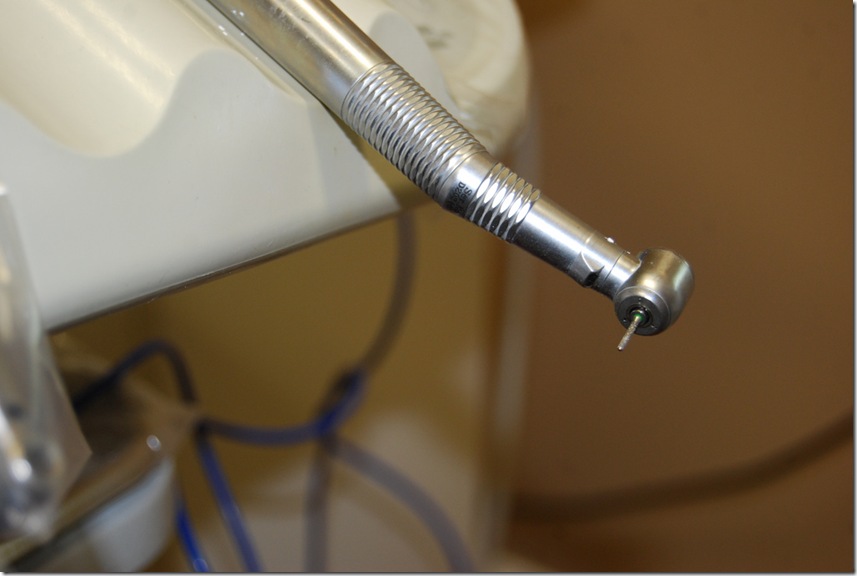What going to the dentist taught me about data quality
/Photo via Flickr (Creative Commons License) by: Paul Lowry
Dear kind readers, while some of you are reading this very blog post, I will be getting ruthlessly tortured by my maniacal dentist.
Well okay, the truth is that I will simply be getting two cavities filled at my dentist’s office on Thursday morning. Dr. Blass and her entire staff is far from maniacal—they are, in fact, all very wonderful people.
I am simply deathly afraid of the object of terror pictured above—the dental drill. I would argue that this evil object produces one of the most horrifying sounds ever heard in the entire history of humankind.
What does any of this have to do with data quality?
In previous blog posts, I have used a variety of metaphors to compare and contrast the proactive (i.e., defect prevention) and reactive (i.e., data cleansing) approaches to data quality. With this blog post, I will add an oral hygiene metaphor.
Brushing and flossing our teeth is defect prevention, where instead of preventing data quality issues before they happen, we are trying to prevent tooth decay and gum disease. If we neglect these preventative measures (e.g., if, like me, you only floss when you get something stuck in your teeth), then we could develop cavities and gingivitis.
Removing the decayed portion of a tooth and filling the cavity is data cleansing, where instead of correcting data quality issues after they happen, we are trying to correct the problem before it gets worse (e.g., leads to partial or complete tooth loss).
Just as data cleansing doesn’t address the root cause (no pun intended) of data quality issues, correcting tooth decay doesn’t address the lapse in oral hygiene that caused it. However, once the damage is done, corrective action is necessary, or at least preferred before the problem worsens. Just like data cleansing is often viewed as a considerable cost with little to no ROI, so is getting a cavity filled (especially when, like me, you do not currently have any dental insurance).
I know that this particular metaphor doesn’t really add anything new to what is one of the most deeply polarizing topics for the data quality profession. However, it is perhaps a more tangible metaphor.
The vast majority of people have a tendency to neglect their oral hygiene until an obvious (and usually quite physically painful) problem presents itself (e.g., wow, my tooth really hurts, I have to go see the dentist).
The vast majority of organizations have a tendency to neglect data quality until an obvious (and usually quite financially painful) problem presents itself (e.g., a customer service nightmare, a regulatory compliance failure, or a financial reporting scandal).
My point is that we should all be brushing and flossing our data at least twice a day, and we should all be getting a routine data checkup at least once every six months. In other words, implement defect prevention whenever and wherever possible, and perform a data quality assessment on a regular basis.
After all, your data probably dislikes data cleansing tools just as much as I dislike dental drills. Well, almost as much.
Related Posts
Hyperactive Data Quality (Second Edition)
The General Theory of Data Quality



